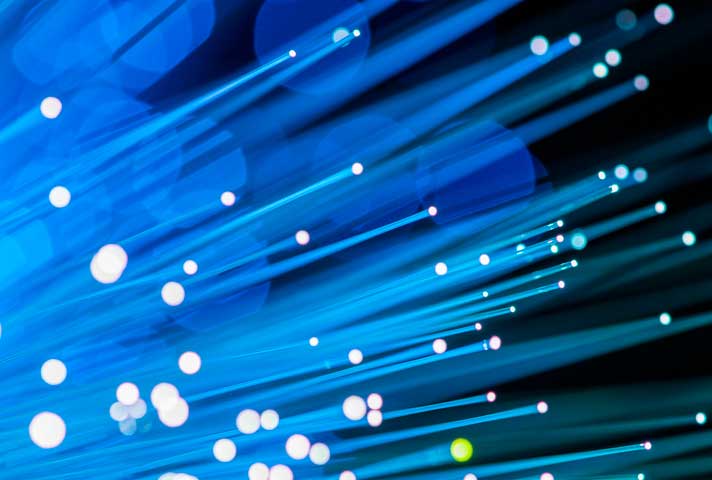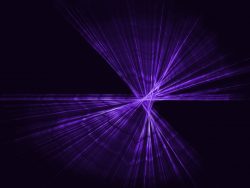

The higher the average Yb excitation, the shorter is the peak wavelength of ASE because for lower excitation the shorter-wavelength ASE is attenuated strongly by reabsorption. An example simulation is shown in Figure 2 for an Yb-doped fiber. Finally, the spectral shape of ASE can depend on the pump intensity level. Usually, ASE is stronger in the direction opposite to that of pumping. (The latter occurs only for quasi-three-level laser gain media.) Furthermore, ASE powers emitted in forward and backward direction in a fiber amplifier can differ. This is because of wavelength-dependent amplification and reabsorption. Particularly in quasi-three-level gain media, ASE spectra can strongly differ from the spectrum of spontaneous emission, and can be substantially dependent on the propagation direction.Īs shown in Figure 1, the spectrum of ASE in the output of a rare-earth-doped fiber amplifier can differ strongly from that of the fluorescence leaving the fiber in a transverse direction. Figure 1: ASE spectra of forward and backward ASE in a forward-pumped ytterbium-doped fiber amplifier, calculated with the RP Fiber Power software. Note that for quasi-three-level laser gain media, this ASE effect is stronger than for four-level media.

The noise figure of a laser amplifier can be considered to be limited by ASE. Similar challenges arise in the context of some bulk lasers, e.g., Nd:YAG lasers operating at 946 nm, where strong ASE at 1064 nm can suppress 946-nm lasing.Įven if amplified spontaneous emission in an amplifier is not strong enough to extract significant power, it can contribute significantly to the noise of the amplified signal. photonic crystal fibers) exhibiting high propagation losses outside the desired spectral region. Such problems can often be overcome by optimizing the overall laser design, with special attention to fiber length, doping level and the like, and ASE at unwanted wavelengths may be suppressed with certain fiber designs (e.g. Particularly in some fiber lasers, ASE can prevent lasing at extreme wavelengths, if the gain at other wavelengths is high enough for generating strong ASE. for the amplification of pulses, if several amplifier stages are used, which are separated by filters, Faraday isolators, and/or optical modulators (switches). It tends to limit the gain achievable in a single stage of a fiber amplifier to the order of 40–50 dB. Particularly in high- gain amplifiers, amplified spontaneous emission is usually an unwanted effect. As an extreme case, consider a fiber laser or fiber amplifier, where ASE propagating along the fiber can be much more powerful than the omnidirectional luminescent emission. Whereas luminescence originally goes in all spatial directions, ASE can be strongly directional for gain media with a large aspect ratio. It also occurs in lasers, even when operated below the laser threshold. This amplified luminescence may be used in applications where light with low temporal coherence but good spatial coherence (see below) is required. In a laser gain medium with large gain, the luminescence (most often fluorescence) from spontaneous emission can be amplified to high power levels.
#FOTONICA BACKGROUND HOW TO#
How to cite the article suggest additional literature



 0 kommentar(er)
0 kommentar(er)
